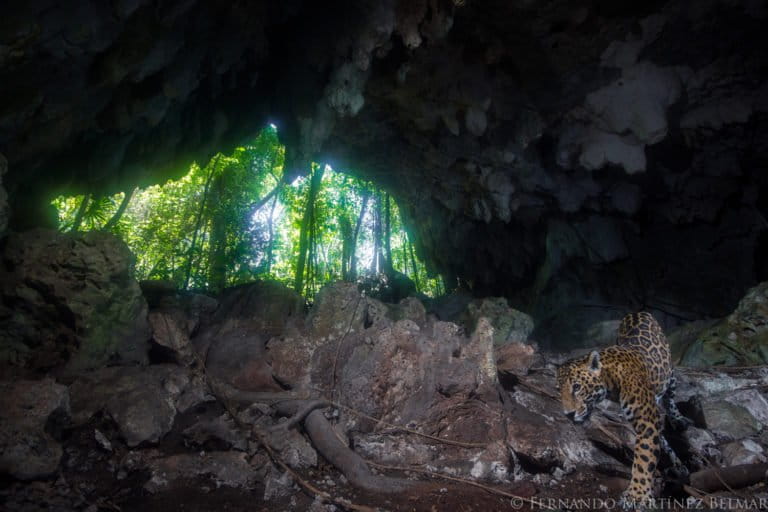- On this episode of the Mongabay Newscast we discuss a massive new railway project, the Maya Train, in Mexico.
- Stretching 1,525 kilometers (958 miles) across five states in the Yucatán peninsula, the project has faced dozens of legal roadblocks for its alleged impact on the environment and lack of thorough, free, prior and informed consent (FPIC) from local and Indigenous communities.
- Mongabay’s Mexico City-based staff writer Max Radwin joins the podcast to discuss the current status of this project, its environmental and social impacts, and the president’s overall approach to infrastructure planning for Mexico.
The Maya Train (known in Spanish as ‘Tren Maya’) is in the process of being built, spanning approximately 1,525 km (958 miles) across the Yucatán peninsula, threatening forests, biodiversity, ecosystems, and the homes of many locals. The project has incurred many legal setbacks from alleged environmental destruction to lack of local consultation. Mexican President Andrés Manuel López Obrador (AMLO) is allegedly pushing past legal requirements to build the rail line faster, and Mongabay’s Mexico City-based staff writer covering Latin America, Max Radwin, joins the podcast to discuss.
Listen here:
Running through the Mexican states of Quintana Roo, Yucatán, Tabasco, Campeche, and Chiapas, the Maya Train is supposed to make it easier for tourists to reach major destinations such as Cancún and Tulum. The project is being justified by the Mexican government as a matter of national security, but civil society organizations say the consultation process with locals has been either inadequate or absent.

Max Radwin joins the podcast to discuss the project, AMLO’s overall legacy, and the president’s fixation with the completion of a handful of large infrastructure projects, some of which have been criticized for planning issues. The newly opened Felipe Angeles airport lies 27 miles from central Mexico City, and only served 2,000 passengers on its opening day.
On July 21st, several civil society organizations presented a petition to the Commission of Environmental Cooperation asserting that section 5 of the railway (between Cancún and Tulum) did not undergo a proper Environmental Impact Assessment, so the commission will review the petition over the next 30 days.
Related Reading:
Full steam ahead for Tren Maya project as lawsuits hit judicial hurdles
‘What’s lacking is respect for Mayan culture’: Q&A with Pedro Uc Be on Mexico’s Tren Maya
Subscribe to the Mongabay Newscast wherever you get your podcasts from or listen to all episodes here on the Mongabay website. Or you can download our free app for Apple and Android devices to gain fingertip access to new shows and all our previous episodes.
Banner Image: Forest clearing in the municipality of Solidaridad in Quintana Roo for construction of the Maya Train. Image by Fernando Martínez Belmar.
Mike DiGirolamo is Mongabay’s audience engagement associate. Find him on Twitter @MikeDiGirolamo, Instagram, or TikTok via @midigirolamo.
